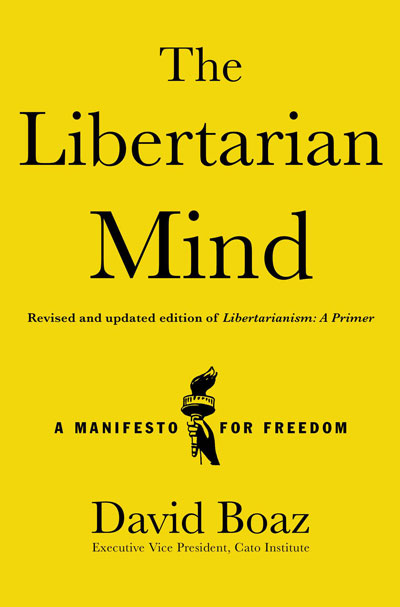Austrian Economics in the News
The financial crisis of 2008 led to a lot of unfortunate Keynesian and corporatist policymaking, but also to a renewed interest in Austrian economics and particularly to the Austrian theory of the business cycle and the role of the Federal Reserve in creating bubbles and busts. Austrian ideas are most recently examined on BBC and in the Washington Post.
Sales of F. A. Hayek's book The Road to Serfdom have soared in the past three years, actually hitting no. 1 on Amazon last summer. The New York Times complained that Tea Party activists had "reached back to dusty bookshelves for long-dormant ideas [in] once-obscure texts by dead writers" such as Hayek, even as its reporters continually urged policymakers to Read. More. Keynes. A rap video on the intellectual battle between Hayek and Keynes, created by economist Russell Roberts and filmmaker John Papola, has been viewed almost 2 million times. A YouTube cartoon video on "quantitative easing" has done even better, with more than 4 million views.
And now Rep. Ron Paul's appointment as chairman of the House subcommittee on monetary policy has brought new attention to the Austrian critique of orthodox economics and economic policy. A long article on Paul's ideas and his plans for the committee by Annie Lowrey filled a full page of the Sunday Washington Post:
But Paul's adversary is not only the Federal Reserve. It is also mainstream monetary economics itself. As a devotee of the Austrian school, whose luminaries include Friedrich Hayek and Ludwig von Mises, Paul stands firmly outside policymaking and academic circles, a point he enthusiastically admits. (The Austrian economists also often quibble with other libertarians, such as those at Cato.) His beef is not with how central bankers do their jobs; it's with central banking itself. "The Fed, rightly so, criticizes Congress for spending too much - but they make the money available to us!" he said. "It buys debt, keeps interest rates low, and sticks it to the people who want to save and make money. It is so unfair. And I think it is the first time in the history of the Fed that people realize it is not their friend. It just gives us booms and busts."The line about Cato is a little misleading. At our 28 annual monetary conferences and in our publications, we've presented the ideas of many Austrian economists, from our 1979 publication of two classic manuscripts by Hayek, A Tiger by the Tail: The Keynesian Legacy of Inflation and Unemployment and Monetary Policy: Government as Generator of the "Business Cycle" and our first monetary conference in 1982 featuring Fritz Machlup and Gottfried Haberler, to a 1999 issue of the Cato Journal featuring studies of Hayek and Ludwig von Mises, to a new Working Paper, "Has the Fed Been a Failure?" by George Selgin, William Lastrapes, and Lawrence H. White. And don't miss a recent BBC program, "Radical Economics: Yo Hayek!" Jamie Whyte spends 30 thoughtful minutes looking at Austrian views of boom and bust, with such guests as White, Papola, Steven Horwitz, Robert Higgs, and Robert Skidelsky. It took the biggest bubble and crash since 1929 to revive the interest in Austrian economics, but at least now more people are studying the real problems with central planning, government intervention, and money manipulation.
Posted on February 14, 2011 Posted to Cato@Liberty
Leave a comment
RSS feed for comments on this post.
Sorry, the comment form is closed at this time.
